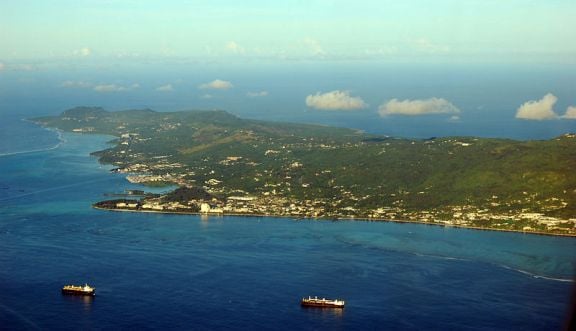Workers in Northern Mariana look to halt fund's filing for court protection; benefits could be slashed by more than half
Lawyers representing participants in the Northern Mariana Islands Retirement Fund have filed a motion to dismiss the pension plan's Chapter 11 bankruptcy filing. And experts say the outcome could have widespread implications for other public pensions in the U.S.
Margery S. Bronster, an attorney with Bronster & Hoshibata, filed a motion last Friday on the behalf of two anonymous retirement plan participants, arguing that the plan cannot file for Chapter 11 restructuring because it's not a person under the bankruptcy code and because it's a governmental unit.
“As a general matter, governmental units can't file bankruptcy; this fund is a unit of the Commonwealth of the Northern Marianas.” Ms. Bronster said in an interview with InvestmentNews. She added that by filing for bankruptcy, the fund was permitting the local government to avoid its obligation to its retirees.
“If the bankruptcy court allows this, then it's only a matter of time before pension plans across the country start running to bankruptcy court.”
In what's thought to be a first for a public-pension fund, the Northern Mariana Islands Retirement Fund last week filed for Chapter 11 bankruptcy protection in the U.S. District Court for the Northern Mariana Islands. The fund filed for court protection after being hobbled by underfunding by the U.S. commonwealth and the payment of overly generous benefits.
There are more than 5,000 beneficiaries in the plan, including retirees and employees.
Attorney Jeremy Coffey, who is representing the fund in the bankruptcy case, could not comment on the matter, as the litigation continues. The case is set for a June 1 hearing.
In the meantime, the number of litigants is growing. The Commonwealth Ports Authority, which manages the airports and seaports in the Northern Marianas, today filed to join the case as an intervener — a party that's not part of the original litigation but whose rights could be affected by the outcome.
Originally, the pension fund was designed to serve retirees and their spouses, but it also permitted the grandchildren and great-grandchildren of the first generation of retirees to receive benefits after the original retiree died.
Holding $268.4 million in assets and facing $911 million in liabilities, the fund is expected to run out of money in July 2014. Fund actuaries are working on a new report on the state of the fund. They reported in 2009 that the pension plan would have to slash benefits by 58% to get the fund back on its feet.
The fund and the participants represented by Ms. Bronster are also in federal court in civil litigation over a mandated $231 million payment that has been owed to the pension plan since 2009. Over time, that amount has ballooned to $325 million, bankruptcy court filings show.
Ms. Bronster said that by filing for Chapter 11 bankruptcy, the pension fund is attempting to avoid the pending civil claim. “We don't think the fund has done enough to collect the money that the government owes, and it hasn't done enough to force the government to meet its obligations to retirees,” she said.







